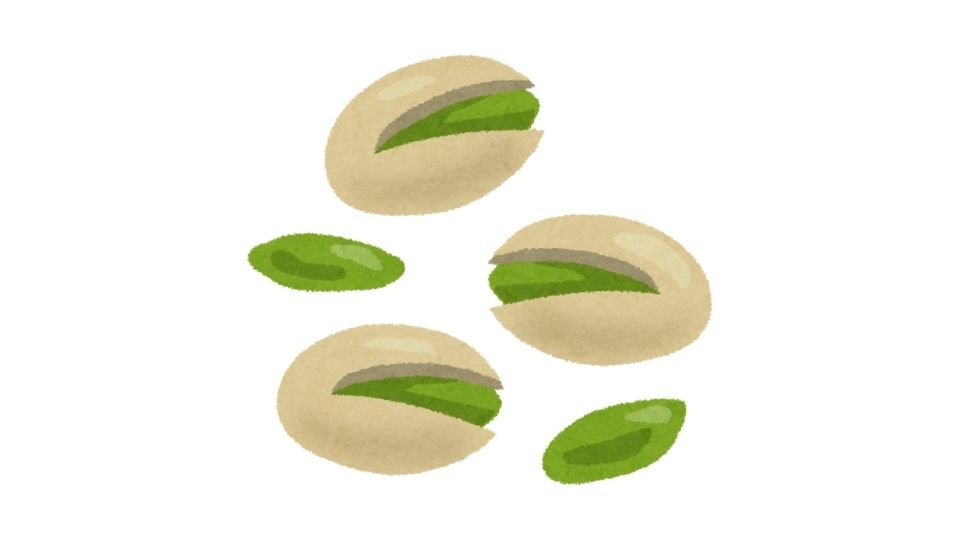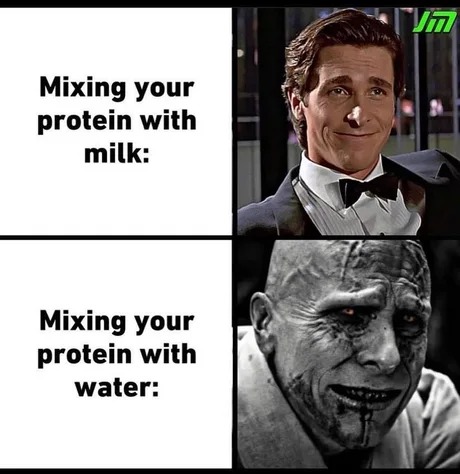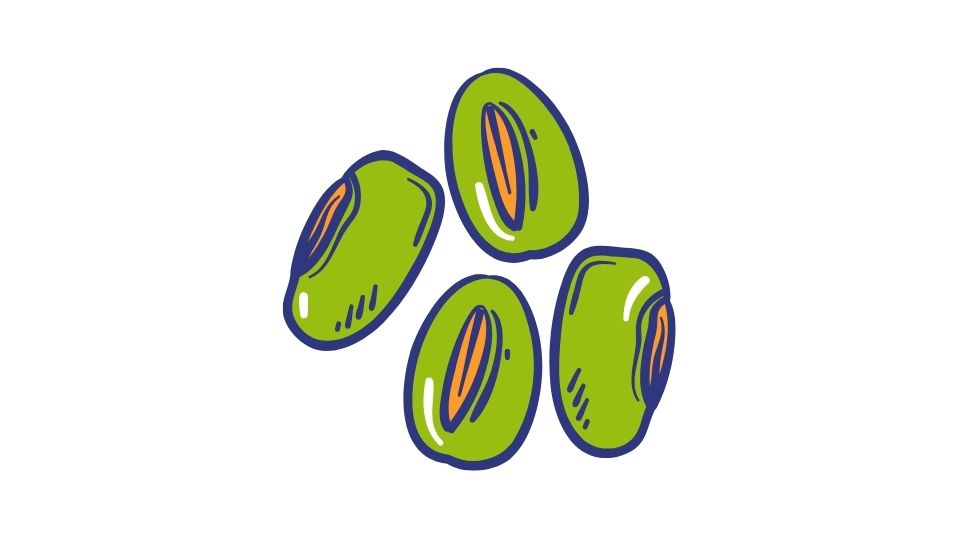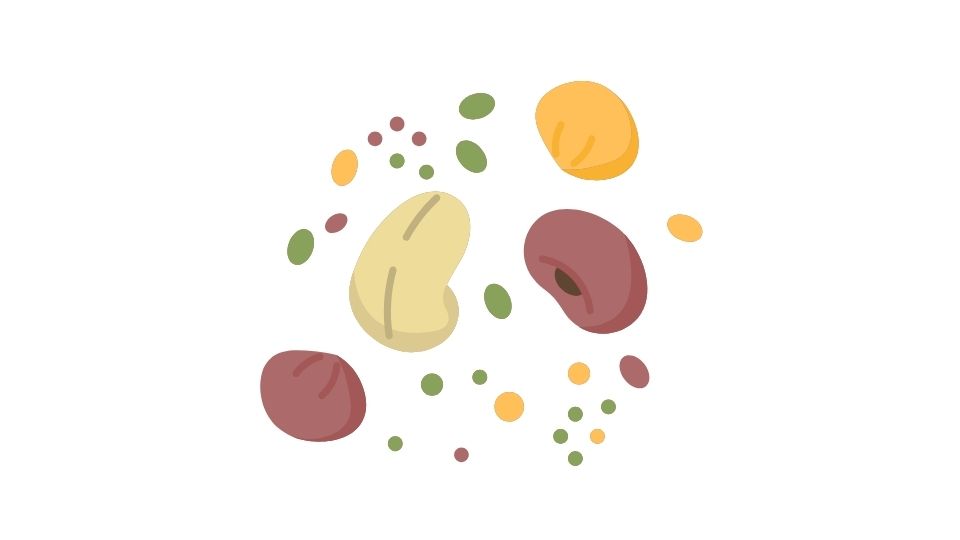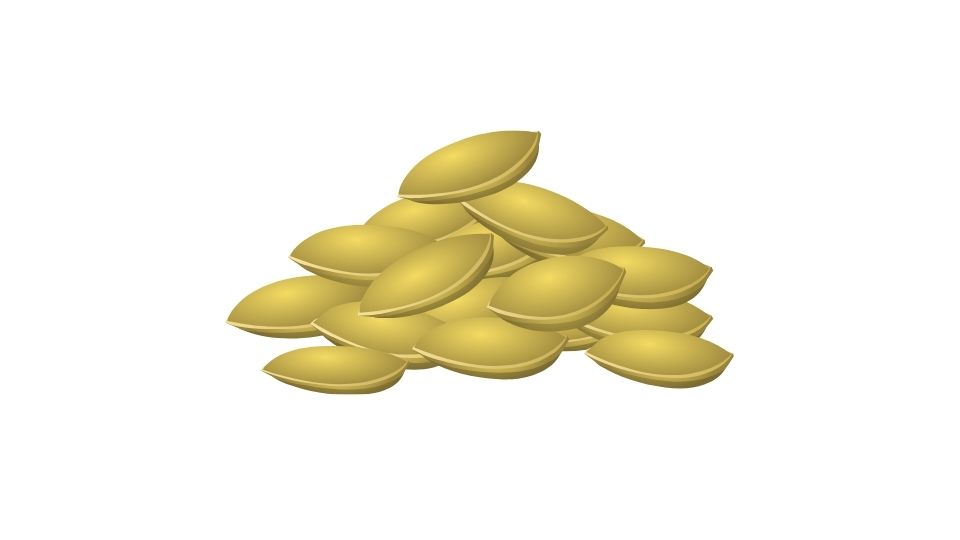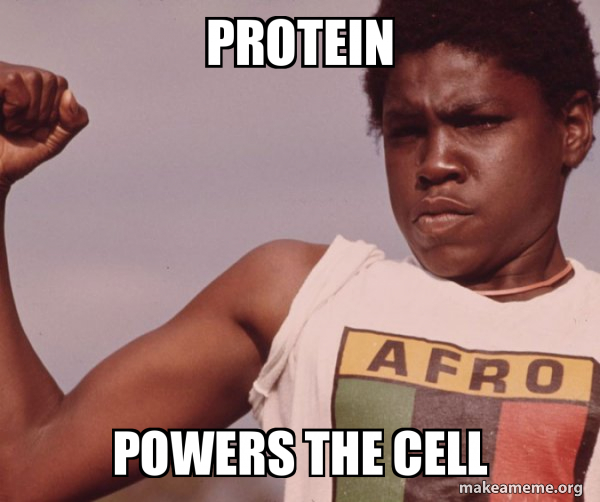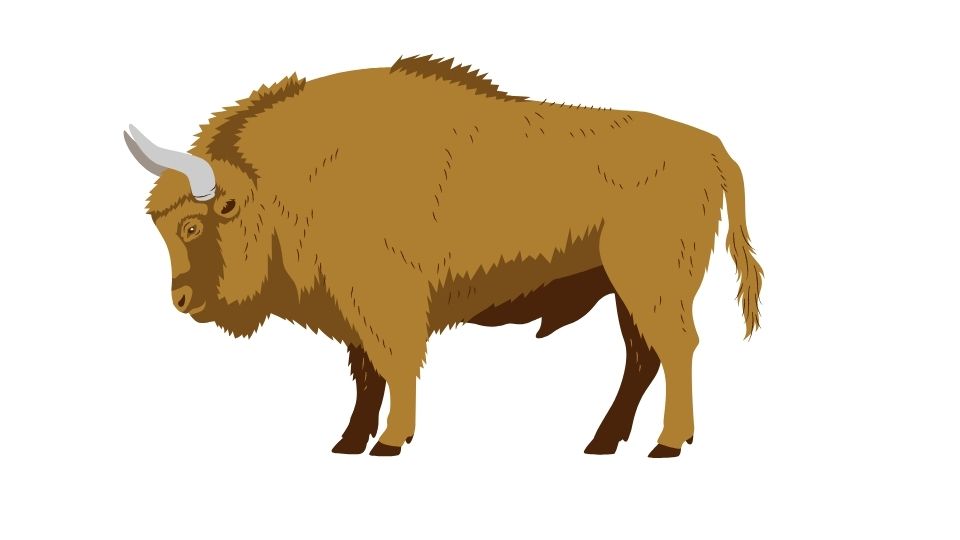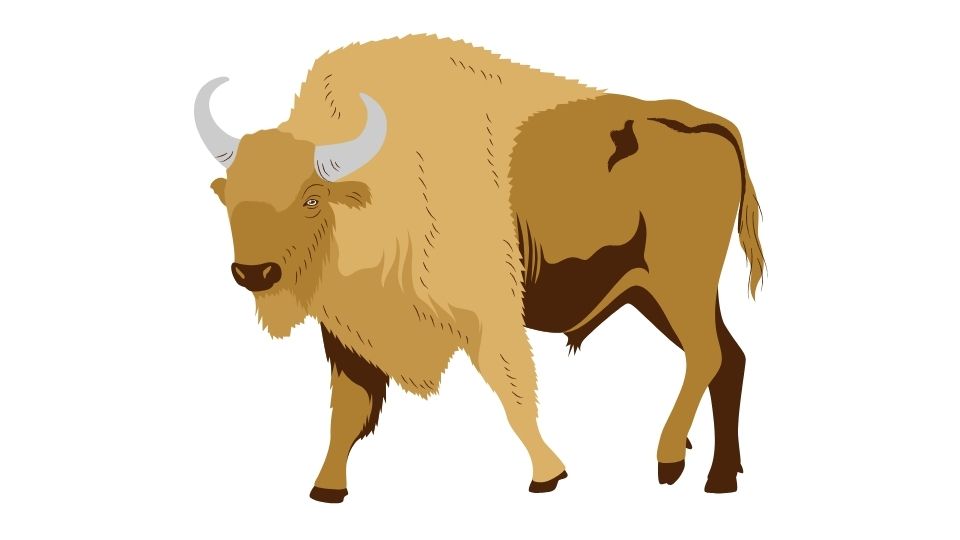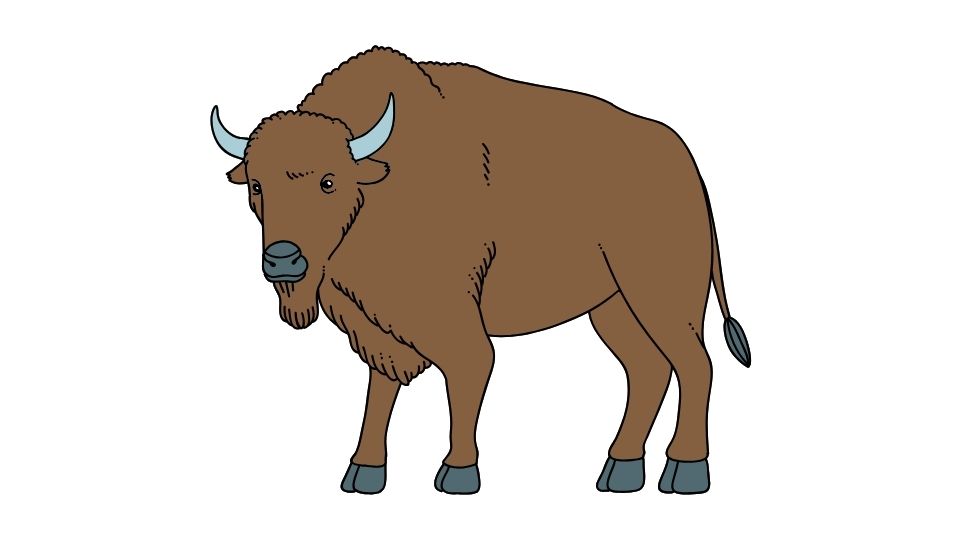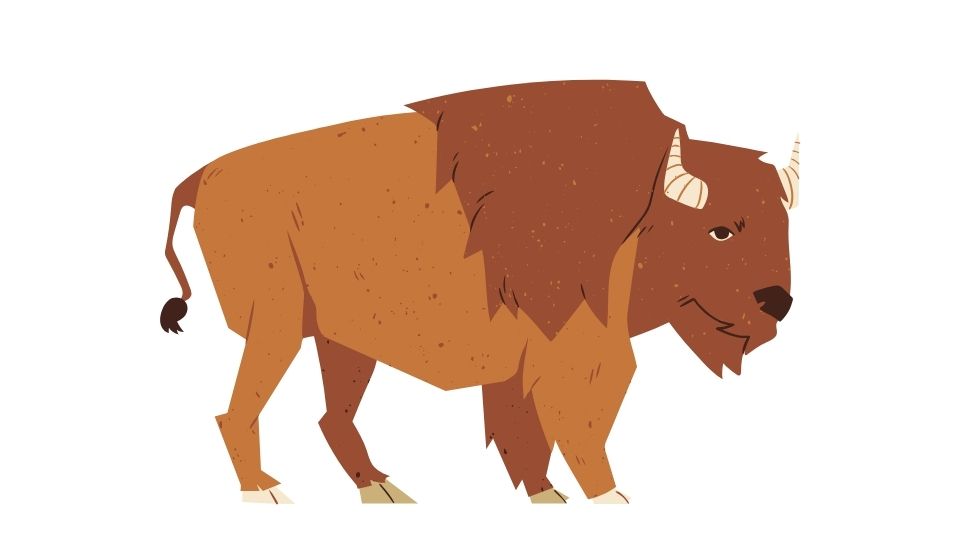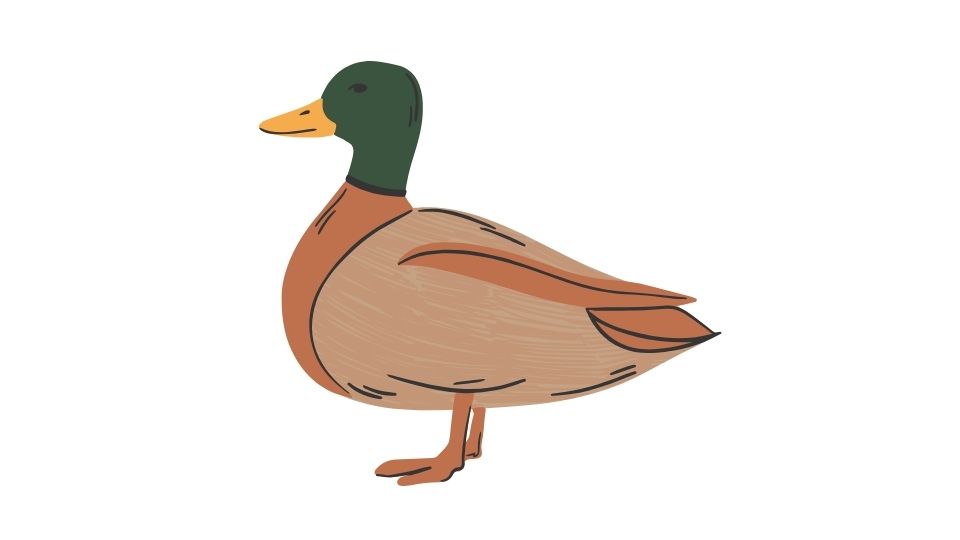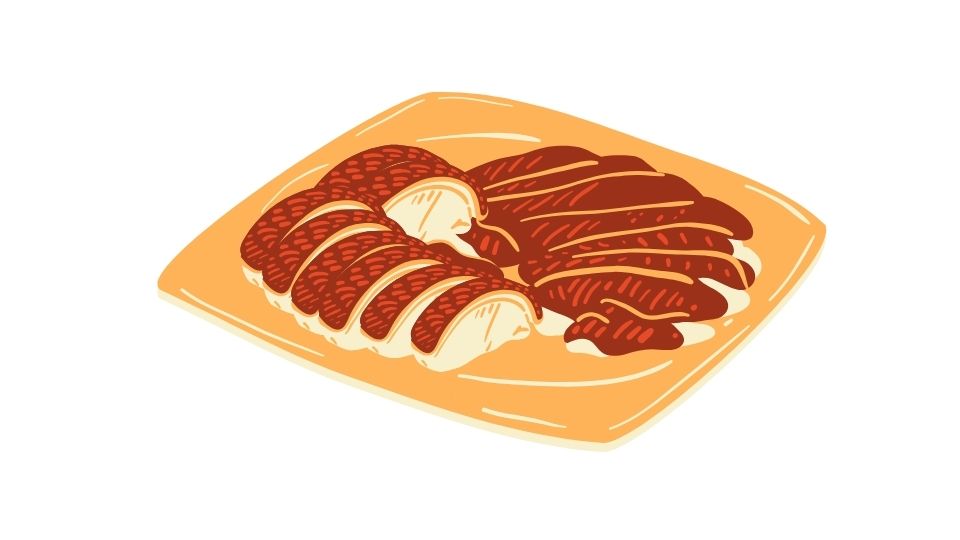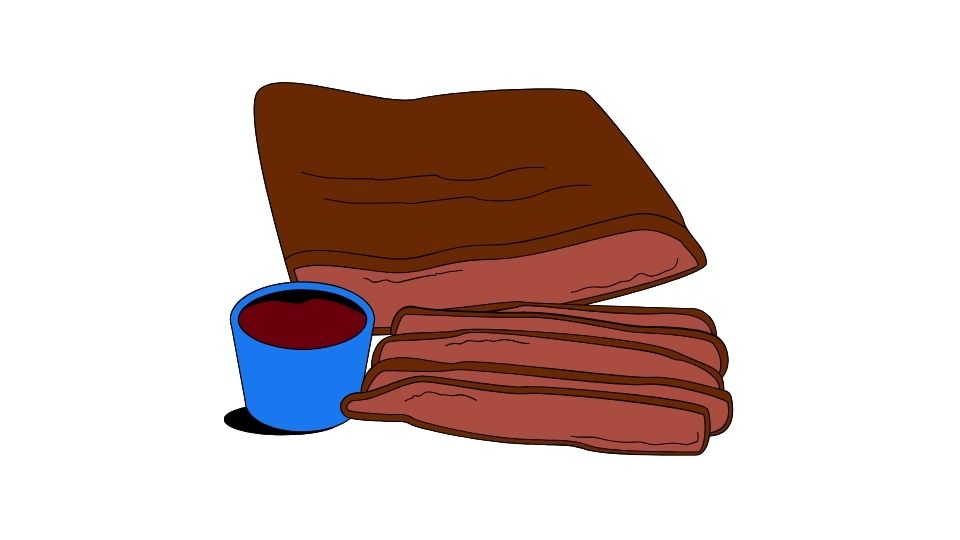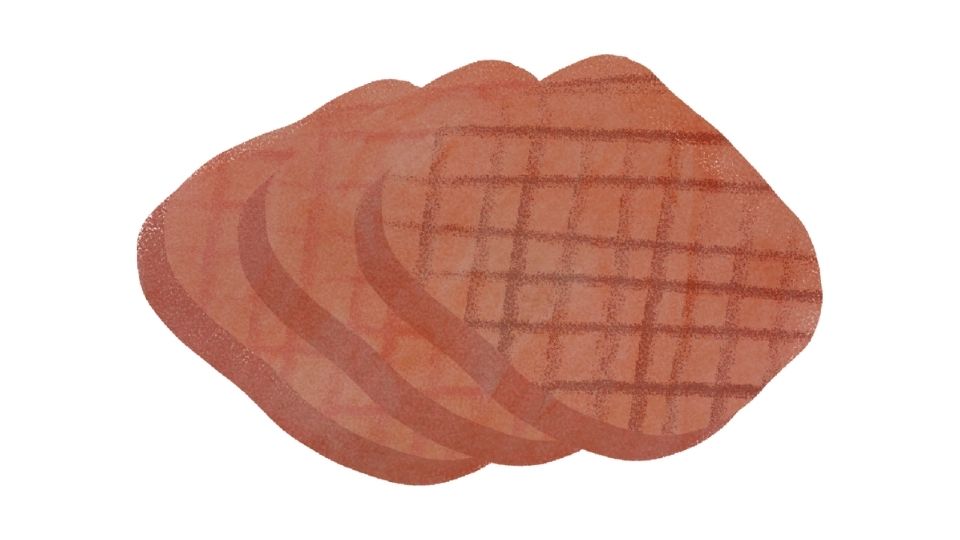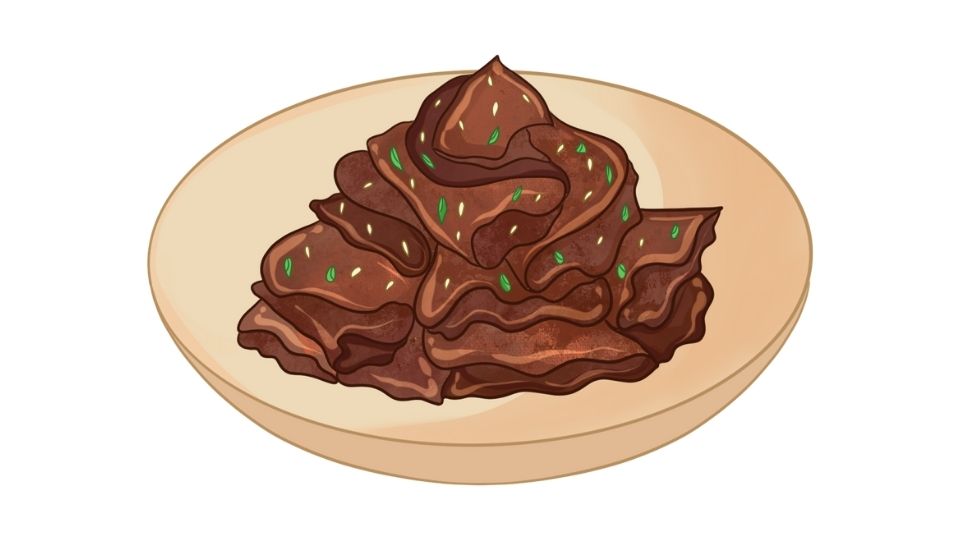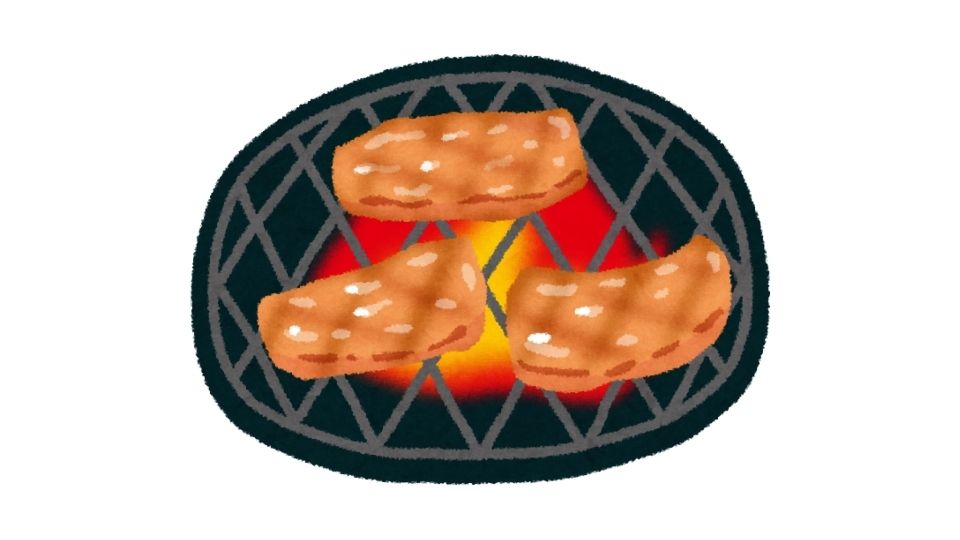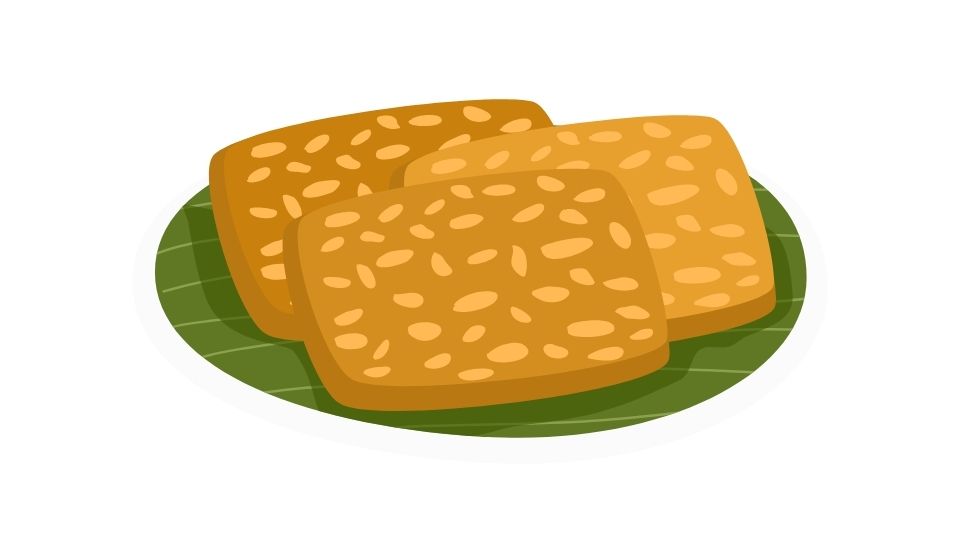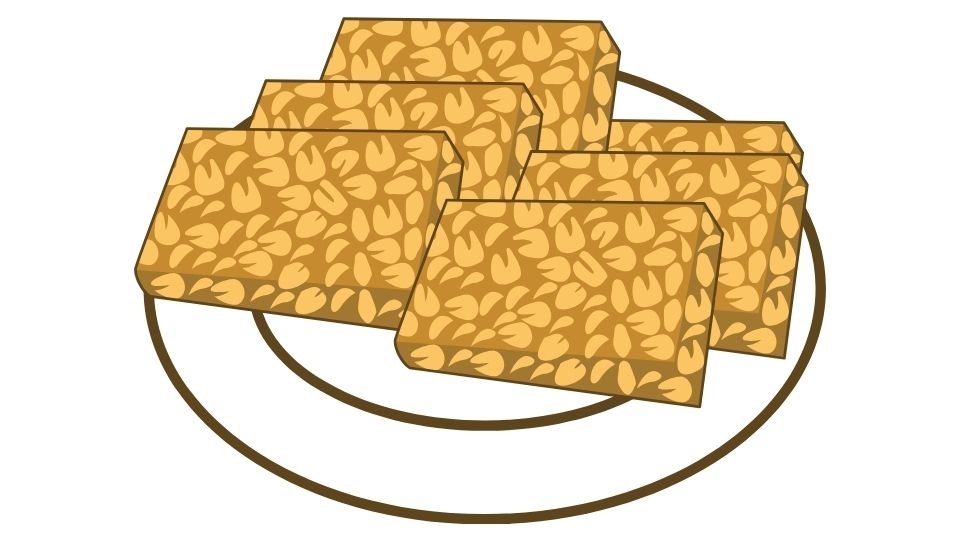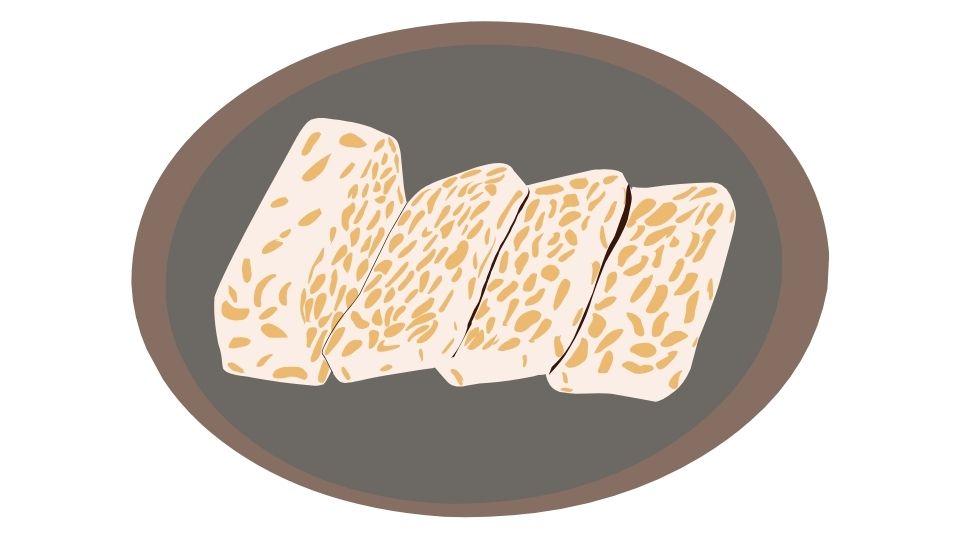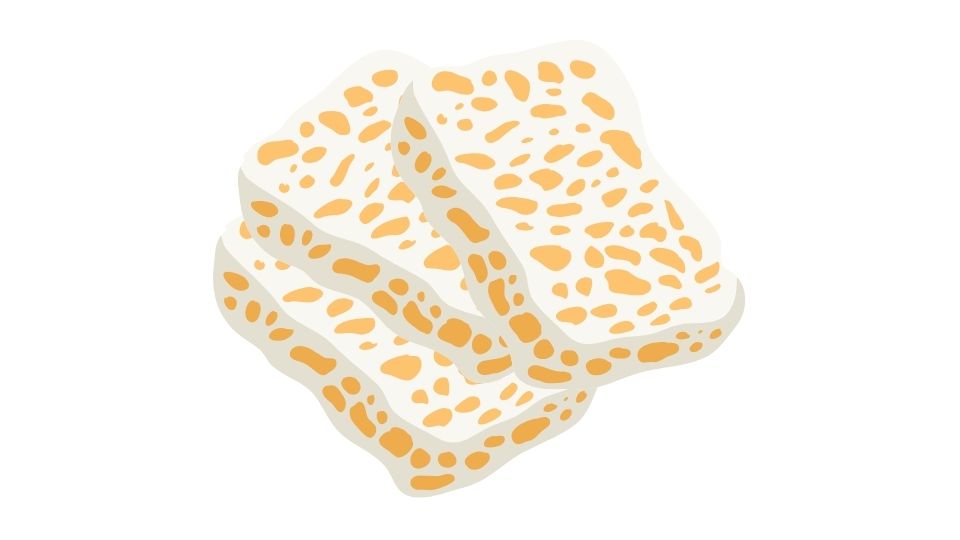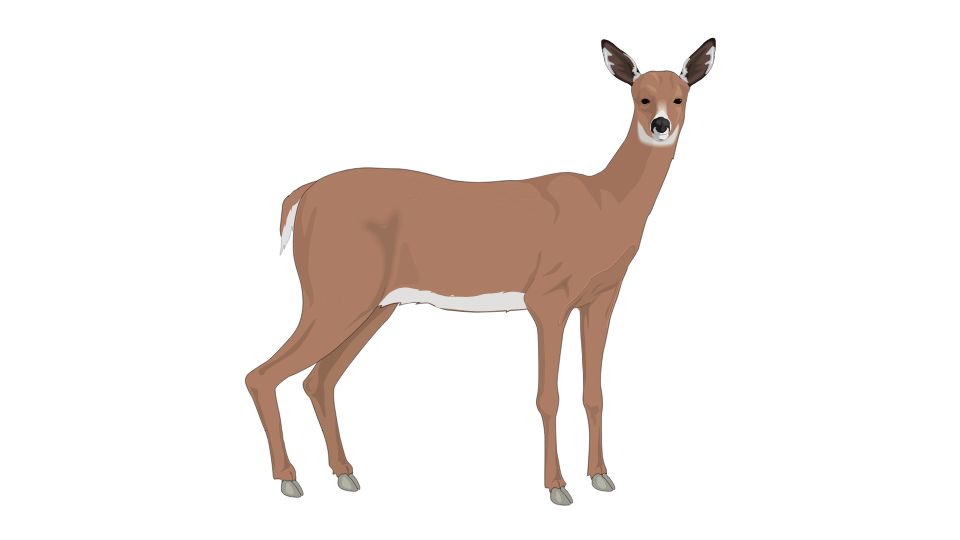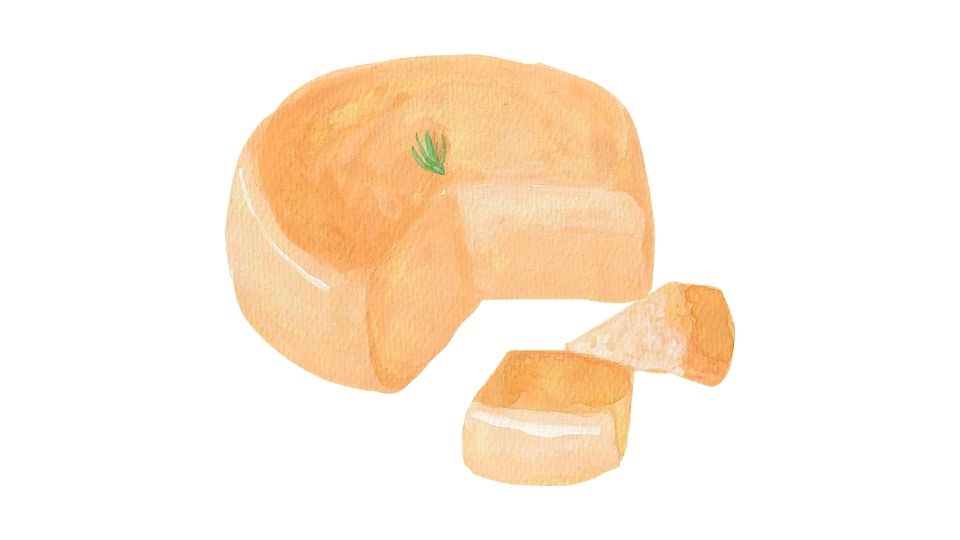Imagine walking into a classroom that looks more like a tech startup than the rigid rows of desks you remember from school. That’s Classroom 15X – not just a place, but a whole new philosophy of education that’s turning traditional learning on its head.
With flexible spaces, personalized learning paths, and enough technology to make Apple jealous, this model promises to revolutionize how kids learn. But is it really 15 times better than what we’ve been doing? Let’s dive in and find out.

What Exactly is Classroom 15X?
Classroom 15X isn’t just smaller classes (though the “15” does hint at the ideal class size). It’s a complete re-imagining of what a learning environment can be.
Think of it as education’s answer to the iPhone – taking something familiar and transforming it into something revolutionary that makes you wonder how you ever lived without it.
At its heart, Classroom 15X combines:
- Flexible physical spaces that transform based on learning needs
- Tech-powered personalization that adapts to each student
- Data-driven teaching that helps educators be more effective
- Collaborative learning that prepares kids for the real world
Flexible Spaces: No More Prison-Style Seating

Remember sitting in those uncomfortable desks arranged in perfect rows like some kind of miniature prison? Yeah, Classroom 15X throws that whole concept out the window.
Instead, you’ll find:
- Modular furniture that can be reconfigured in minutes
- Movable walls to create different zones
- Versatile seating options (because not everyone learns best while sitting upright)
The classroom literally transforms throughout the day – from a large group discussion space to small collaboration pods to individual focus areas. It’s like having multiple classrooms in one.
Research from Stanford shows that flexible learning environments can significantly improve student engagement and learning outcomes.
Tech That Actually Enhances Learning (Not Just Expensive Toys)

We’ve all seen schools drop millions on iPads that end up being expensive Angry Birds machines. Classroom 15X takes a different approach – technology that’s purposefully integrated into learning.
Students have access to:
- Interactive smart-boards that respond to touch and voice
- VR/AR tools that make abstract concepts tangible
- AI-powered learning platforms that adapt to each student’s pace
But the real game-changer? The real-time data that helps teachers understand exactly where each student stands. No more waiting until the test to discover Johnny has no idea what’s going on.
Teachers get dashboards showing exactly who’s struggling with what concept, allowing them to intervene before a student falls behind – not weeks later when reviewing test results.
Personalized Learning: No More One-Size-Fits-None Education
Traditional education is like buying a suit off the rack – it might fit okay, but it’s never quite right for anyone.
Classroom 15X is more like having a personal tailor for every student’s educational journey.
With AI-driven learning tools, the system:
- Adapts difficulty levels based on student performance
- Suggests personalized content that matches learning style
- Allows students to choose topics of interest within curriculum requirements
This isn’t about letting kids do whatever they want – it’s about recognizing that different paths can lead to the same destination. Some students might grasp concepts through visual examples, others through hands-on projects, and others through discussion.
The Christensen Institute highlights how personalized learning approaches have shown promising results in improving student outcomes across diverse populations.
Collaboration Zones: Learning to Work Together (Without the Usual Group Project Disaster)

Let’s be honest – traditional group projects usually mean one kid does all the work while the others coast.
Classroom 15X re-imagines collaboration with:
- Dedicated spaces designed specifically for teamwork
- Digital collaboration tools that track individual contributions
- Project-based learning that mimics real-world challenges
These spaces often include writable walls, shared screens, and technology that makes working together seamless – not an exercise in frustration.
The goal? Helping kids develop those soft skills that employers constantly complain graduates lack: communication, leadership, problem-solving, and empathy.
Student Well-being: Because Stressed Kids Don’t Learn Well
Classroom 15X acknowledges something that traditional education often overlooks – physical and mental comfort matter for learning.
These spaces incorporate:
- Natural lighting instead of soul-crushing fluorescents
- Ergonomic furniture that doesn’t leave kids with back pain
- Quiet zones for students who need sensory breaks
- Indoor plants and air purifiers for better air quality
It’s not just feel-good fluff – research published in the Journal of Environmental Psychology shows that classroom environment directly impacts both academic performance and mental health.
The Digital Side: More Than Just a Physical Space
Beyond the physical classroom, Classroom 15X also exists as a digital platform accessible from any browser. Think of it as the Netflix of education – available whenever, wherever.
This platform includes:
- Educational games that make learning feel like play
- Digital resources that extend learning beyond school hours
- Accessibility features like text-to-speech for inclusive learning
For teachers, there’s a powerful dashboard that:
- Streamlines lesson planning with AI suggestions
- Automates administrative tasks to free up teaching time
- Provides real-time analytics on student progress
The Real Question: Does It Actually Work?
With all this innovation, the big question is – does Classroom 15X deliver on its promise to dramatically improve learning?
Early results are promising. Schools implementing this model report:
- Higher student engagement (kids actually want to come to school)
- Improved academic outcomes across diverse student populations
- Better preparation for future careers that require tech fluency and collaboration
But it’s not without challenges. The model requires:
- Significant upfront investment in both technology and training
- Rethinking teacher preparation for this new environment
- Ongoing technical support to keep everything running smoothly
The Bottom Line: Evolution, Not Revolution

Classroom 15X isn’t claiming to reinvent education entirely – rather, it’s evolutionary adaptation to prepare students for a world that looks nothing like the one our education system was designed for.
In a world where information is instantly accessible but wisdom is scarce, Classroom 15X shifts focus from memorization to critical thinking, from passive learning to active creation, and from standardization to personalization.
Is it perfect? No. Is it 15 times better than traditional classrooms? That’s probably marketing hype.
But is it a significant step toward education that actually prepares students for their future rather than our past? Absolutely.
The biggest lesson from Classroom 15X might not be for students at all – it’s for education systems everywhere: adapt or become irrelevant. In a world changing at warp speed, our classrooms need to keep up.









